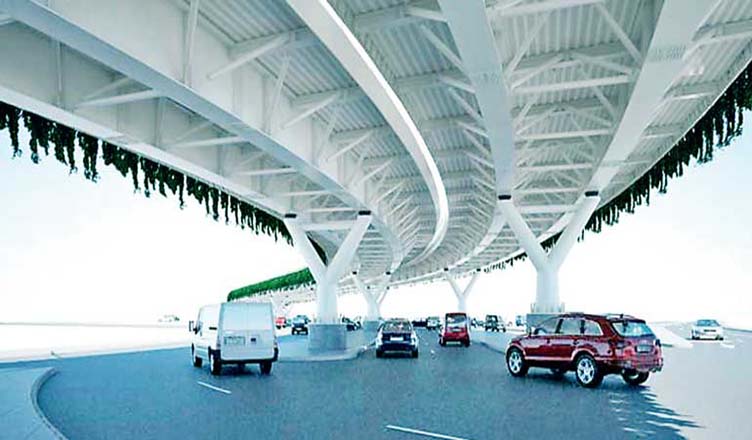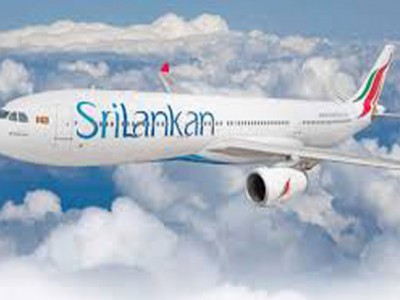(COLOMBO, LANKAPUVATH) – According to the State Minister of National Policies and Economic Affairs, Dr. Harsha de Silva, the Rajagiriya Flyover opened to the public in January this year has surpassed its original objectives of reducing cost and time by alleviating traffic congestion in the area.
State Minister Dr. de Silva citing an Impact Evaluation Study of the Rajagiriya Flyover done by Master Hellie’s Engineering Consultants says the firm’s study has confirmed that the bridge has met more than 100 percent of the objectives (time and economic cost) and will continue to yield benefits until a light-rail transit system (LRT) is established along this corridor.
The report shows that during the morning and evening rush hour traffic the time saved on West Bound travel from Parliament towards Colombo and East Bound travel from Colombo towards Parliament is more than or nearly 50 percent compared to the time taken prior to the opening of the flyover.
The data collected over a period of one month since the opening of the flyover on 8 January, 2018 with (still) loose ends to be tied (traffic lights to be operationalized, sidewalks to be completed, street lanes to be marked and one-way schemes to be started) suggest over 50 percent improvement in speed during the peak times between Battaramulla City Centre and Baseline Road; a distance of 5.2 km, State Minister Dr. de Silva said.

The Report, which is available at the RDA, shows that while speeds have increased almost 5 fold from Battaramulla to the flyover, the same cannot be maintained between the flyover and Ayurveda intersection due to conflicts and capacity at the intersection.
The Report calculates the NPV (Net Present Value) of the flyover at Rs 10.2 billion, more than twice the cost to build indicating significant economic returns, even though the original estimates had been at Rs 17.7 billion.
An important point to note is that traffic volumes on the corridor has increased by some 67 percent (ranging from 25 percent) in some sections of the 5.2 km stretch since 2016. This indicates reduction in traffic on some other alternate routes helping eased congestion along them.




